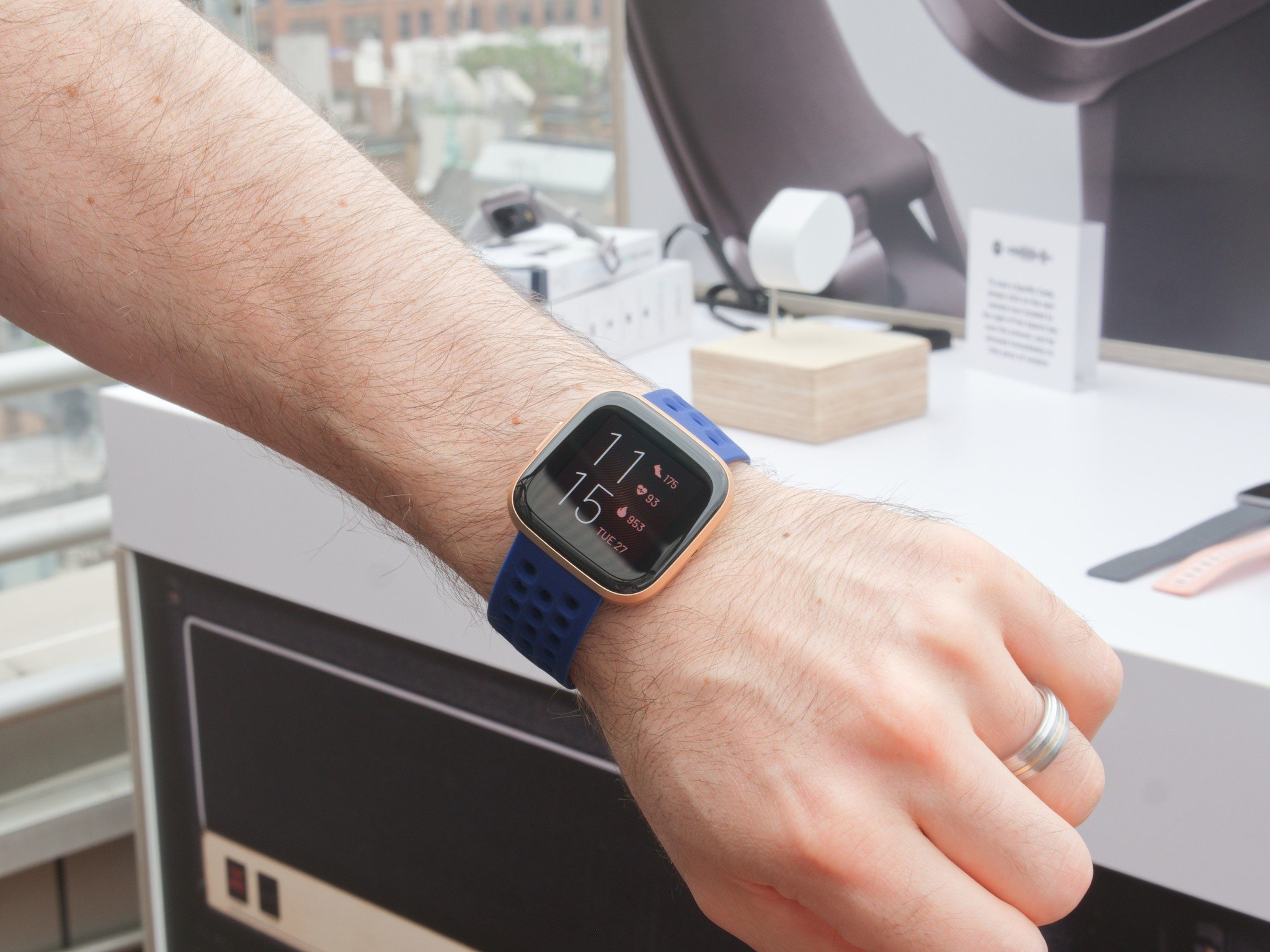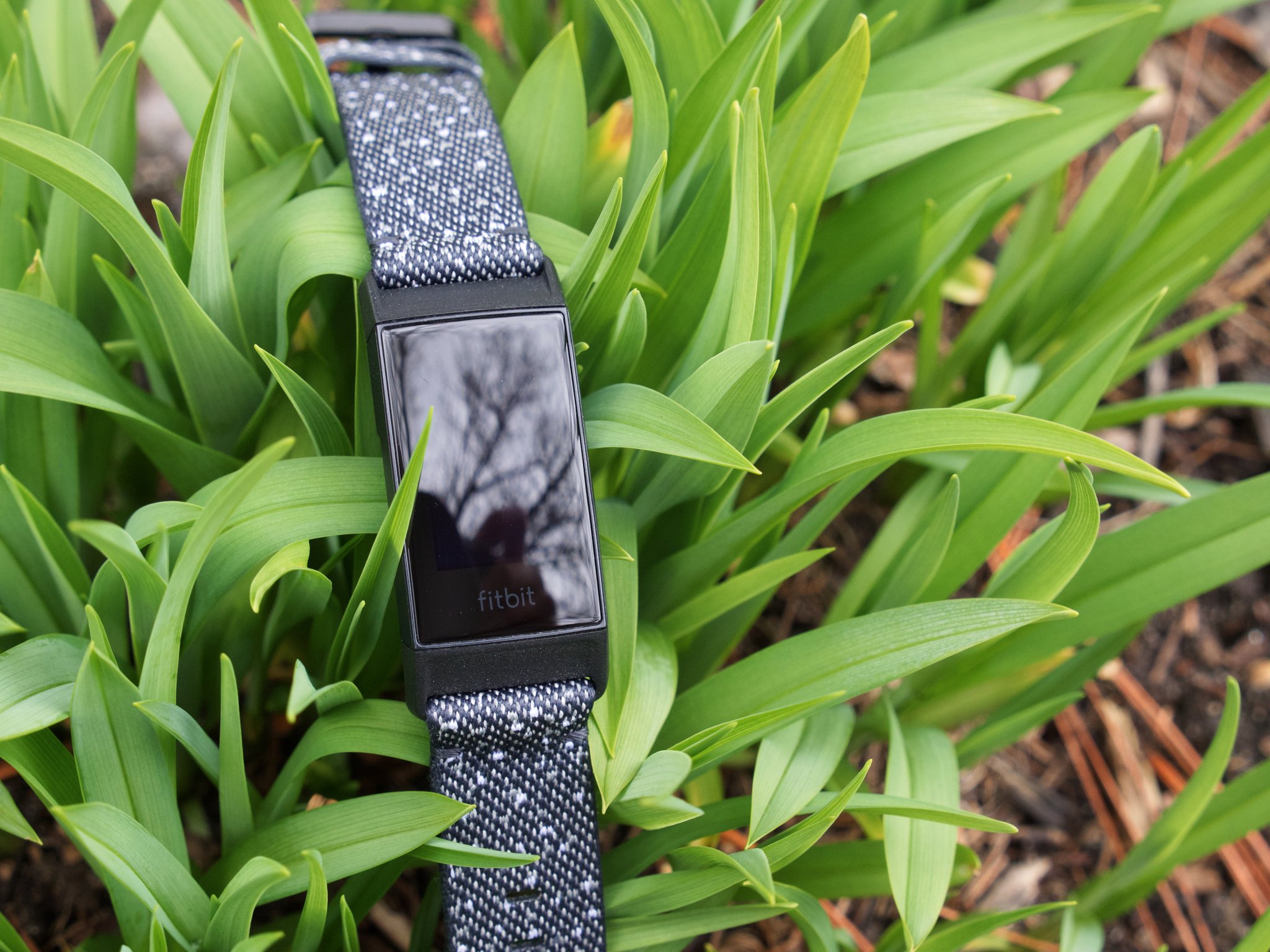Are you experiencing Fitbit skin irritation? Here's what you can do!

As with anything that comes in contact with your skin, sometimes your skin will react badly to certain materials. It could be allergies, simple rubbing or chaffing, or sometimes even dirt and sweat can build up in certain places and cause your skin to react badly.
Fitbit skin irritation is usually some red, patchy, and maybe itchy skin that occurs on your skin underneath your Fitbit band of Fitbit case. While everybody's skin is different, there are some things you can try to prevent and resolve the issue if you find your Fitbit is causing your skin to react.
Not medical advice
First things first, I'm not a medical professional by any means, and none of the tips here should be considered actual medical advice. If you're experiencing severe symptoms or you are worried about the skin irritation you're experiencing is something more severe than just a minor rash, seek medical advice from a professional.
1. Stop wearing your Fitbit
The first thing you should do when you start experiencing Fitbit skin irritation is to stop wearing the Fitbit for a couple of days. I know that doesn't sound ideal, but by not giving your skin a break when it's reacting to something it could lead to a much worse reaction.
If your skin clears up in a couple of days, try wearing your Fitbit again. If the problem persists, you can try a few other things listed below.
2. Clean your Fitbit and band often
Like any watch or wristband, sometimes the part of the band that touches your skin can get dirty. Whether it's after an incredibly sweaty workout or just from grime building up over time, it's essential to clean your Fitbit.
Most Fitbit bands — including the silicone ones that ship with the device — are very easily cleaned with soap and water. You can take the band off of the device to allow for easy cleaning. Just remember to allow the band to completely dry before you put it back on your wrist.
iMore offers spot-on advice and guidance from our team of experts, with decades of Apple device experience to lean on. Learn more with iMore!
Most Fitbits have some sort of IP rating, meaning a little bit of water won't damage the hardware at all, so be sure to also give the Fitbit itself a wipe with a clean damp cloth.
3. Try switching bands
Although a basic silicone band shouldn't cause a reaction in most people, it's possible that the brand you're using is causing your Fitbit skin irritation.
Luckily for everyone, there are a ton of bands available for pretty much every Fitbit model, including less popular models like the Fitbit Inspire and Fitbit Inspire HR.
4. Consult a medical professional
If nothing seems to be working to solve your Fitbit skin irritation, it's probably time to consult a medical professional. The rash or reaction your skin is having could be due to some sort of underlying medical issue, such as allergies to specific materials or maybe even a fungal infection like ringworm.
As with all matters of health, take it seriously, and seek medical attention if you can't remedy the situation.
Do you have any suggestions?
Do you have any suggestions for people experiencing Fitbit skin irritation? Let us know in the comment down below.

Luke Filipowicz has been a writer at iMore, covering Apple for nearly a decade now. He writes a lot about Apple Watch and iPad but covers the iPhone and Mac as well. He often describes himself as an "Apple user on a budget" and firmly believes that great technology can be affordable if you know where to look. Luke also heads up the iMore Show — a weekly podcast focusing on Apple news, rumors, and products but likes to have some fun along the way.
Luke knows he spends more time on Twitter than he probably should, so feel free to follow him or give him a shout on social media @LukeFilipowicz.

